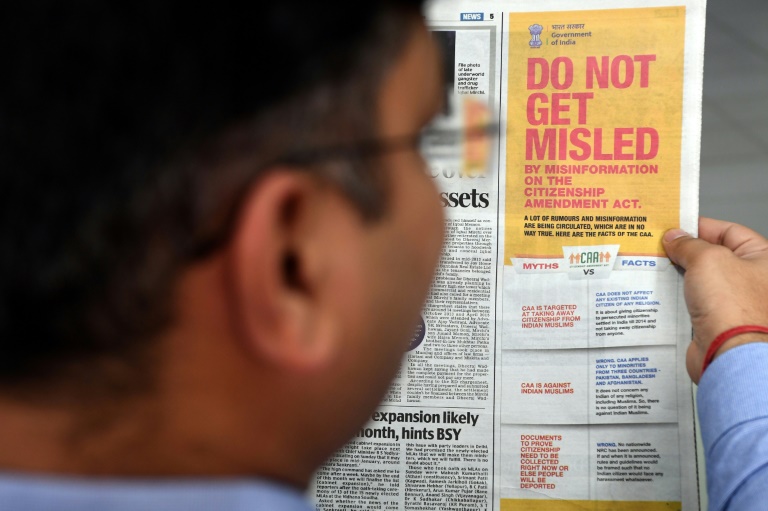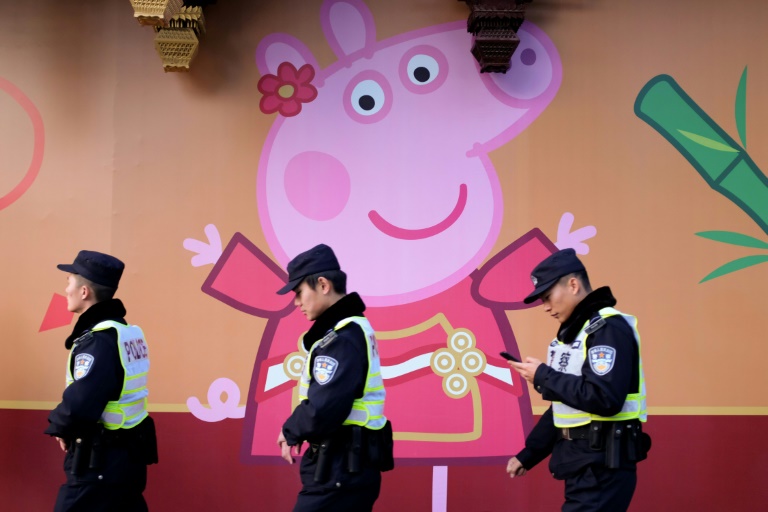Capturing controversy with a caricaturist’s eye, Steve Bell has memorably portrayed George Bush as a chimpanzee and Margaret Thatcher as a mad woman. Lina Al Wardani caught up with the British political cartoonist in Egypt
Al-Masry Al-Youm: You have published a large number of books and depicted key events for the media. Is your typical schedule quite hectic?
Steve Bell: I usually produce eight cartoons per week. I have been doing four strips over the past 20 years and four large editorial cartoons. I don’t tend to work weekends, so that means I do two cartoons a day.
Al-Masry: Your cartoons are often bitter and rather rude to some political characters. Do you feel scared sometimes?
Bell: No, not really. Britain has a unique tradition that is over 250 years old of being extremely rude to politicians. The situation is much different there than in Egypt or Jordan. This part of the world needs more cartoons than anywhere else. In Britain, politicians are used to cartoons. They would be annoyed if they were neglected in caricature. I think there are so many self-imposed constraints in the Middle East. But I believe they will also go away with time. In Jordan, my exhibition was almost stopped by some bureaucrats who thought that some of the drawings were shocking. I think people are more polite here.
Al-Masry: How would you sum up your experience in the Middle East?
Bell: I have been doing this project with the British Council for two years now. I met great fellow cartoonists in this part of the world. I found great similarities and great differences. I met people that really believe in what they do. I am going back with memories of a very rich experience, especially in Ramallah. It is insane. Yes, we all saw the wall on screens and photos, but seeing it face to face is another experience. It is a real apartheid. It was a very tiring trip crossing the border from Jerusalem to Ramallah, but it was really worth it. It was good to top my head up with some fresh images. I also had very interesting discussions with students. It reminded me of my teaching days. But it was a much nicer experience.
Al-Masry: What was the last cartoon you drew?
Bell: My last one was marking the anniversary of an important miners’ strike in 1984. The UK Miners’ Strike was major “Industrial action” industrial action affecting the “United Kingdom” British “Coal mining” coal industry The strike ended with the miners’ defeat and the Thatcher government able to consolidate its “Free market” free market programme. Thousands of pickets were engaged in violent clashes with the police. Margaret Thatcher went into war with the miners. They were terribly crushed.
Al-Masry: Thatcher again? Is she your favourite character for caricatures?
Bell: Yes, my old enemy. We don’t forgive or forget. I always like to come back to Thatcher. It takes so long to develop a cartoon for a character. So you better make the most you can out of it. Politicians are not attractive; you want people to recognize your drawings. Yes, Tony Blair and Margaret Thatcher are not to blame for everything bad, but they do represent others.
Al-Masry: What has been your most difficult caricature to date?
Bell: 9/ 11. It happened that I was at The Guardian and suddenly we saw this on the screen. It was the most challenging image. You can’t be funny about it. And it was really sad.
Al-Masry: You are often using running gags. Does that make you funnier to regular readers than occasional readers?
Bell: This is the essence of being a strip cartoonist. You use long and round stories. It gives you more chance for drawing colour.
Al-Masry: Do you work according to a script?
Bell: No. Images are very difficult. Recipes don’t work for cartoons. Sometimes you have a very good idea, but you try to draw it and it doesn’t work. Also some characters are better for cartoons than others. When you are working on cartoons, you are constantly thinking of the images. This is extremely difficult, especially in the West, because people are more and more image-driven. I use all sorts of images to draw. I get access to all photos through The Guardian. I try to cartoon images that people are familiar with.
Al-Masry: When you look back at the 30 years of your career, where have you matured? Or become less angry?
Bell: You can only rage for so long. When I was young, I was sourly angry with Thatcher. I wanted her to stop. Then I realized I wasted so much energy hating her and other politicians. I understood that it is much better to relentlessly take the piss out of them.
Al-Masry: What is the ultimate goal of cartoons?
Bell: To make you laugh and think. A fellow cartoonist said that cartoons should disturb you. I think it is true. All arts should disturb.
Al-Masry: You mentioned that Britain has a history of over 200 years of cartoons. Why is the British museum for cartoon only two years old?
Bell: I don’t think Britain appreciates visual arts that much. They tend to favor other arts and neglect cartoons. All other countries in the West have cartoon museums.
Al-Masry: How did your life in cartoons get started, why did you choose to work with them?
Bell: Cartoons chose me. I graduated from art school. I worked as an Art teacher and then I got extremely bored with the job. Then one day I was having a wisdom tooth operation, and I caught myself saying “Thank God, I don’t have to teach tomorrow.” I decided to quit. My wife was very supportive and she suggested that I go ahead with cartoons. I was unemployed for six months and she was supporting me and the four kids. And I found that I am meant to do cartoons, especially strips.
Al-Masry: Who are your favourite cartoonists?
Bell: I like Matt from the Daily Telegraph and Posy Simmonds from The Guardian, for which she has drawn the cartoons Gemma Bovery (2000) and Tamara Drewe (2005-2006), both later published as books. Simmonds’ style gently satirises the English middle classes and, in particular, those of a literary bent.
Al-Masry: You once said that you consider yourself a journalist. Why is that?
Bell: I am a journalist in the sense that journalists have an everyday job to find the truth. When I say that George Bush looks like a monkey, I am only revealing the truth. That’s why people liked this image.
Cartoon superhero: Bell in brief
Born in London in 1951, Steve Bell was raised in Slough in South East England. He moved to North Yorkshire in 1968, where he studied Fine Art at Teesside College of Art, before moving to Leeds University from which he graduated in 1974 with a BA in Fine Art. Bell worked briefly as an art teacher in Birmingham, an experience he detested, before deciding to pursue a freelance career as a cartoonist.
Amongst his first comic strips was Maggie’s Farm which was published in Time Out magazine and condemned in the House of Lords as “an almost obscene series of caricatures”.
His first cartoon strip was published in The Guardian in November 1981 and has proved to be hugely successful ever since.
During his career, he has created unforgettable images of politicians including John Major, who sserved as the “Prime Minister of the United Kingdom” Prime Minister of the “United Kingdom” United Kingdom and “Leaders of the Conservative and Unionist Party” Leader of the “Conservative Party (UK)” Conservative Party during 1990 to 1997, as a grey superhero wearing Y-fronts and his successor Tony Blair with his flashing eyeball.
The searing political cartoon has also depicted Prime Minister Margaret Thatcher as a psychotic woman, “a swivel-eyed heroine”.
He has won the Cartoon Arts Trust Award Best Strip cartoonist and/or Best Political Cartoonist eight times.




